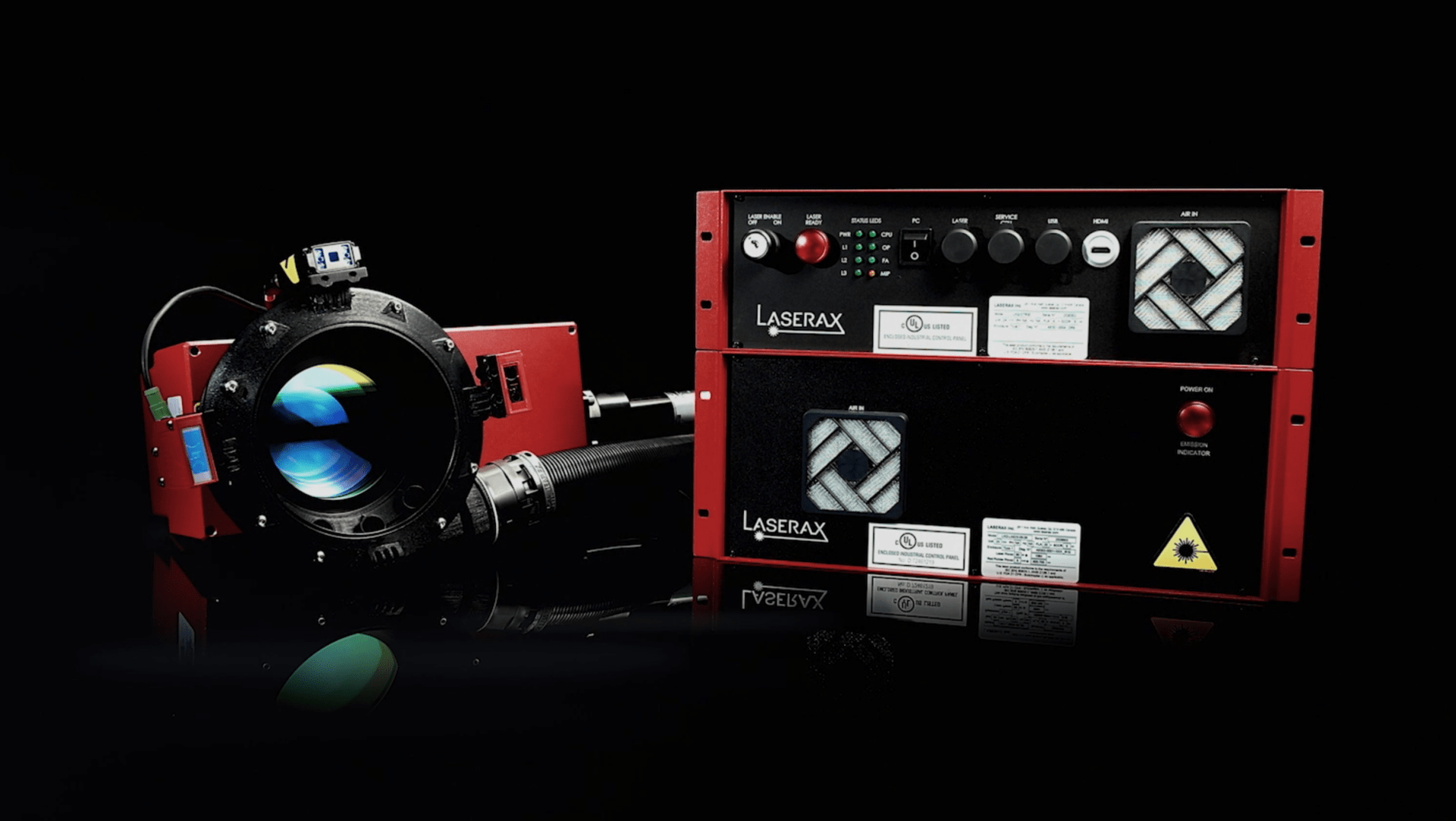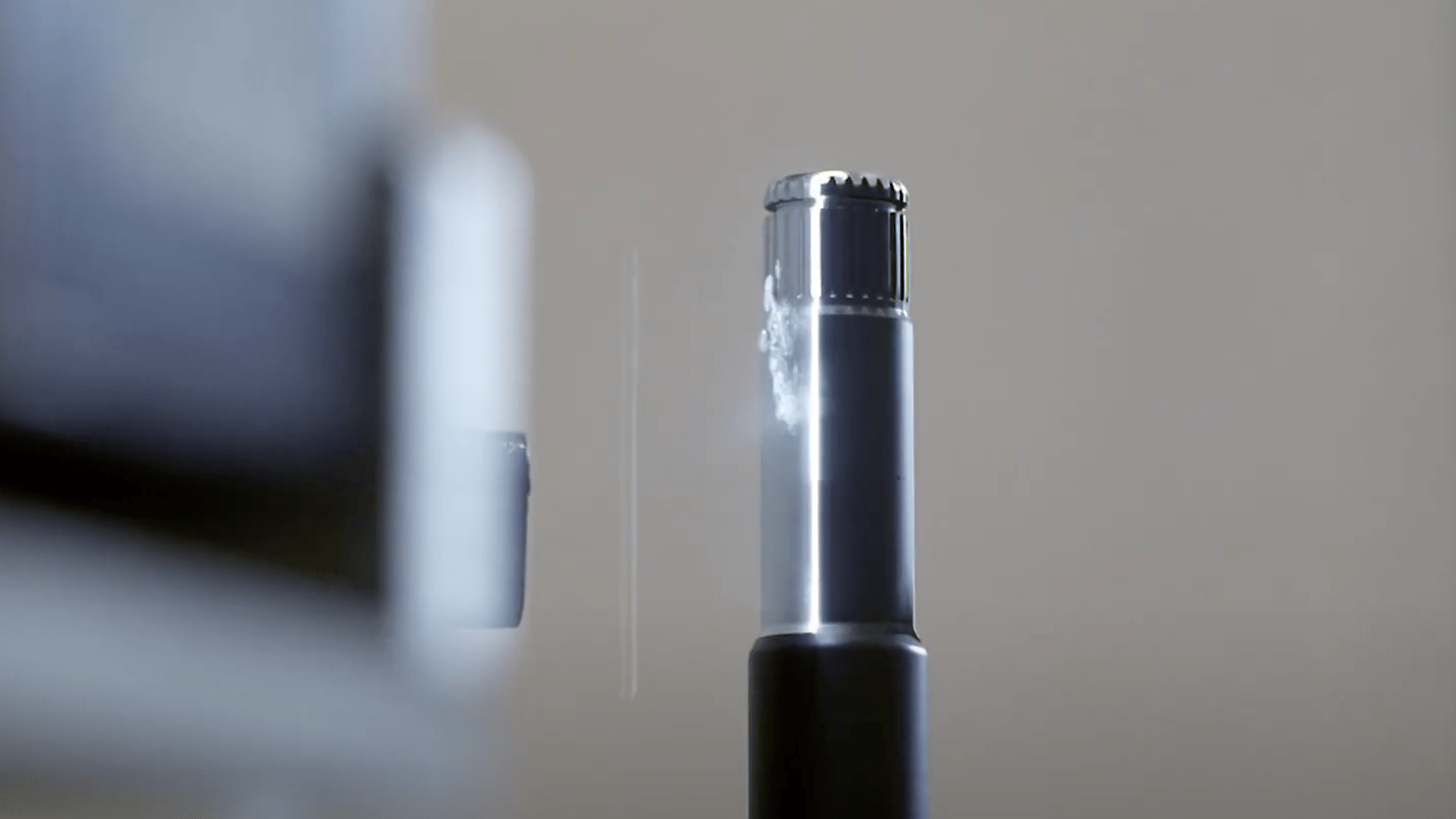Revolutionizing Surface Treatment: The Advantages of Fiber LASER [Pt. 1]
![<h2>Revolutionizing Surface Treatment: The Advantages of Fiber LASER [Pt. 1]</h2>](/storage/_sites/ferrokorpo/app/media/Blog/Laser/fiber-laser-cleaning-1.jpg)
The speed of our lives seems increasingly overwhelming. Technological progress is our main tool when trying to shorten the path to the final result of our activities and to make sure this result is of better quality.
As time will often tell, a novelty does not only bring quality into our lives, and in addition to providing benefits, new technologies can also turn against us, especially in terms of polluting our living space. Due to traditional industry's harmful environmental impacts, the aspect of environmental protection is strongly represented in present-day research and development activities. Laser technology is certainly the result of such an attitude.
FIBER LASER at FerroECOBlast
Laser technology is already available in various shapes and versions across many areas of application, either as a delicate eye surgery technology or as a much more powerful industrial laser for cutting and processing hard materials such as metals. This post focuses on Fiber Laser for surface treatment. Laser technology is increasingly present across the industry due to its many benefits. These benefits include lower energy consumption, a smaller physical footprint, low maintenance costs, a healthier work environment, and many others, all of which make a strong case in favour of replacing traditional technology. With our company being well aware of this, we embarked – in cooperation with our partner Laserax from Quebec, Canada – on a new path of expanding our range of surface treatment activities with fiber laser technology. At FerroECOBlast, we continue to follow our mission of surface treatment even when it comes to laser technology. Our knowledge, 55+ years of experience, and the earned trust of our partners in the field of various automated and robotic machines inspire us with confidence. In this way, we take new challenges and developments heading our way as something natural and welcome.

What is fiber laser and what are its industrial applications?
A fiber laser is a device that conducts laser diode light along a fiber-optic cable and through a lens in short pulses, manifesting itself in various forms of processing at the focal point on the surface of the workpiece. The process type depends on the power of the laser in use and the setting of various parameters. To put it in slightly more technical terms, the laser produces a beam of light in the near-infrared (NIR) range, at the wavelength of 1064 nm, which is ideal for processing ferrous and non-ferrous metals. A fiber laser is a very versatile device, and its main uses, for now, are focused on cleaning, texturing, and marking. All areas of application, however, are yet to be discovered. If needed, different types of surface treatment can be provided with the same equipment, even in a single process cycle.
INDUSTRIES
While the extent of industries in which fiber laser will be used is yet to be seen, here is one example: today's solutions are more and more common in the automotive industry, especially when it comes to electric cars and batteries – cleaning before connecting terminals, texturing before gluing, partial cleaning of coatings, and more. Wherever chemical treatments, abrasive blasting, and other mechanical cleaning techniques are currently in use, there is a high probability that they can be replaced by laser cleaning and laser texturing. There are good reasons behind this shift – once again: laser technology provides impressive benefits. Among other things, it increases productivity, lowers operation and maintenance costs, and delivers the most consistent results.

Based on the above, it can be concluded that there are countless other potential industries for switching to laser technology (like foundry, aluminium extrusion (laser marking), and battery industry...). Therefore if you have different marking, cleaning, or texturing needs, our experts will let you know if our laser technology is the right choice for you and, if so, what you need to know for its successful integration.
Here's a fun fact for the end...
Given that the Sun provides the Earth with more energy than the entire world consumes in one year, it is clear that we are still a long way from using this resource efficiently. The laser, on the other hand, is a man-created micro sun which, with energy efficiency and other benefits, effectively outperforms a wide range of traditional technologies and even enables what has not been previously possible.
